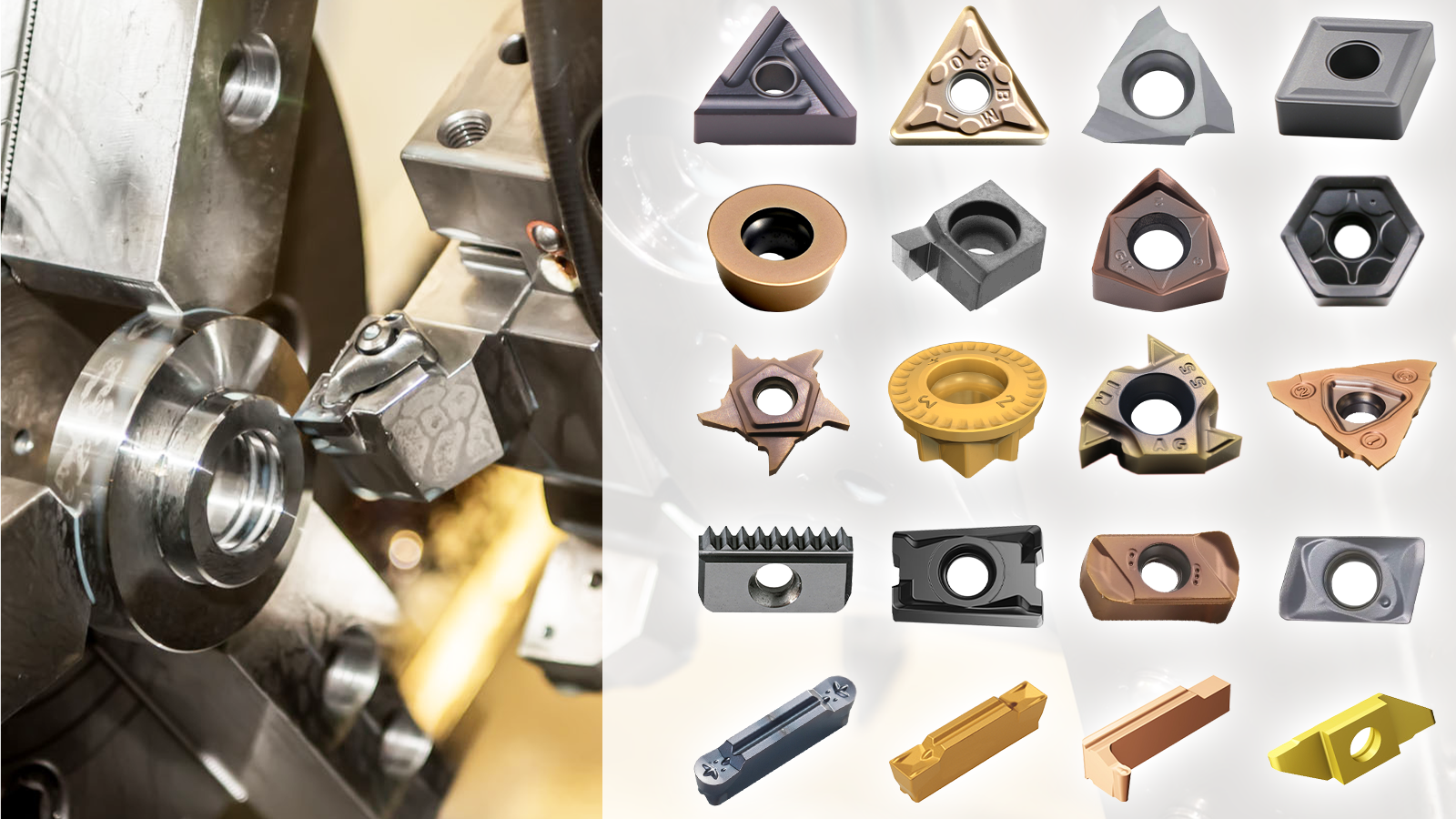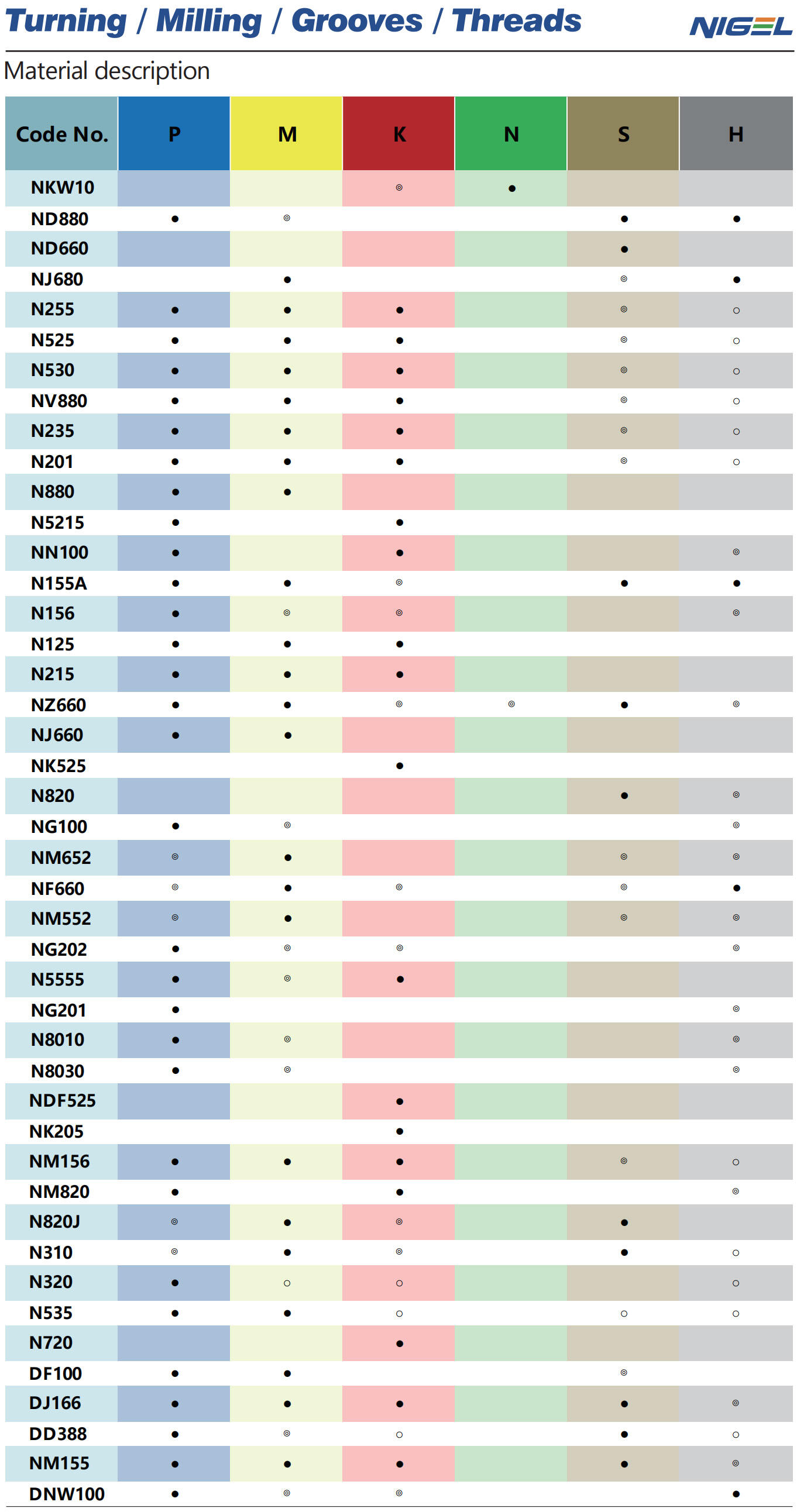
Introduction:
Milling inserts are essential components used in milling operations across various industries, offering numerous benefits that enhance performance, efficiency, and cost-effectiveness.
High Precision and Accuracy:
Milling inserts provide precise and repeatable cutting action, ensuring high-quality surface finishes and adherence to tight tolerances.
Dimensional Accuracy:
They allow for high dimensional accuracy, which is crucial for producing parts with exact specifications.
Exceptional Surface Finish:
These inserts can achieve smooth and fine surface finishes, reducing the need for additional finishing operations.
High Material Removal Rate:
Milling inserts are designed to efficiently remove large amounts of material, significantly speeding up the milling process.
Quick Tool Changes:
Indexable inserts can be quickly and easily replaced, reducing downtime and improving overall productivity.
Versatility:
Milling inserts can be used to machine a variety of materials, including steel, stainless steel, cast iron, aluminum, titanium, and non-ferrous metals.
Multiple Applications:
They are suitable for various milling operations, such as face milling, edge milling, slotting, profiling, and contouring.
Heat Resistance:
Designed to withstand high temperatures, these inserts maintain performance even in demanding milling conditions.
Improved Chip Control:
The geometry of milling inserts is optimized to improve chip formation and evacuation, enhancing machining efficiency and preventing damage to the workpiece or tool.
Efficient Chip Removal:
Effective chip control leads to a more stable machining process and better surface finish.
Interchangeable Inserts:
Inserts can be easily swapped out for different shapes, sizes, and materials depending on the specific milling operation.
| Inserts ISO Code | Grade | Dimensions(mm) |
| SDMT09T308-CM | N820 | D: 9.525 / T: 3.97 / R: 0.80 |
Grade Reference:
